PPT-Introduction to Python Module #4
Author : alida-meadow | Published Date : 2018-02-26
Comments Programming concepts Conditional statements Lois Delcambre a little discussion a little more Python encryption and decryption programs Plan making your
Presentation Embed Code
Download Presentation
Download Presentation The PPT/PDF document "Introduction to Python Module #4" is the property of its rightful owner. Permission is granted to download and print the materials on this website for personal, non-commercial use only, and to display it on your personal computer provided you do not modify the materials and that you retain all copyright notices contained in the materials. By downloading content from our website, you accept the terms of this agreement.
Introduction to Python Module #4: Transcript
Download Rules Of Document
"Introduction to Python Module #4"The content belongs to its owner. You may download and print it for personal use, without modification, and keep all copyright notices. By downloading, you agree to these terms.
Related Documents

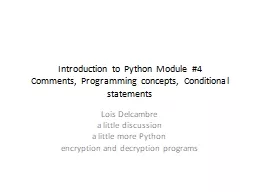
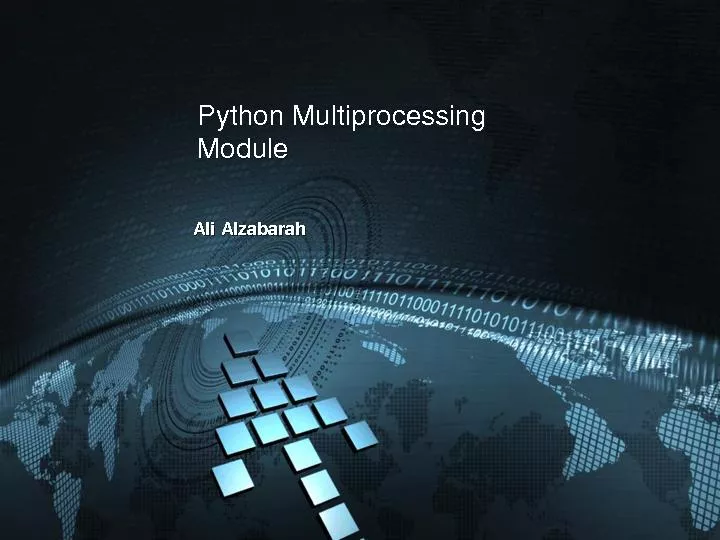
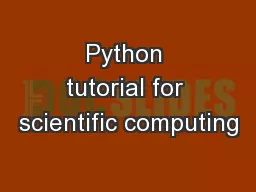
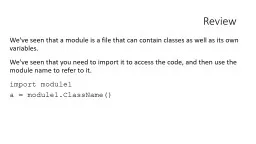
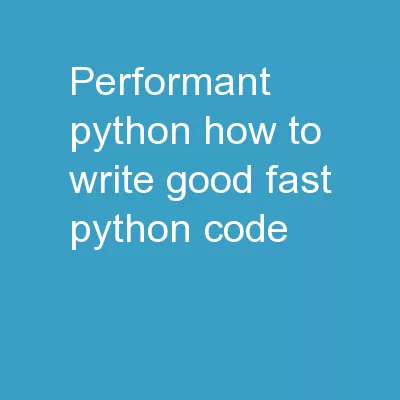
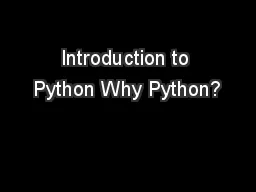
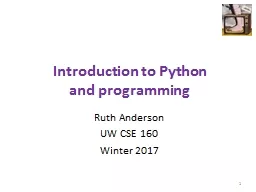
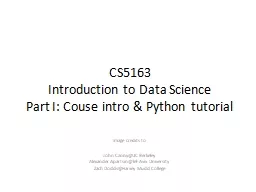

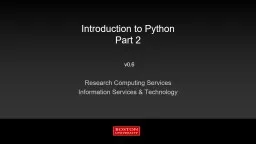
![[BEST]-Python: 3 Books in 1: Python Basics for Beginners + Python Automation Techniques](https://thumbs.docslides.com/974940/best-python-3-books-in-1-python-basics-for-beginners-python-automation-techniques-and-web-scraping-python-for-data-science-and-machine-learning.jpg)
![[PDF]-Programming 31: Python Programming In A Day & Excel Shortcuts (Python Programming,](https://thumbs.docslides.com/979804/pdf-programming-31-python-programming-in-a-day-excel-shortcuts-python-programming-python-language-python-for-beginners-excel-programming-languages-excel-programming.jpg)
![[FREE]-Programming 31: Python Programming In A Day Excel Shortcuts (Python Programming,](https://thumbs.docslides.com/988862/free-programming-31-python-programming-in-a-day-excel-shortcuts-python-programming-python-language-python-for-beginners-excel-programming-languages-excel-programming.jpg)
